Agricultural commodity prices are forecast to remain little changed in 2025. Illustration photo
According to the General Statistics Office ( Ministry of Finance ), the International Monetary Fund (IMF) forecasts global inflation in 2025 to reach 4.3%, 0.1 percentage point higher than the forecast in January 2025, and then will decrease to 3.6% in 2026.
The United Nations (UN) said that global inflation has decreased from 4% in 2024 to 3.6% in 2025, but increased by 0.2 percentage points compared to the forecast made in January 2025, in the context of increased tariffs, especially in the United States, which are likely to push up consumer prices, causing inflation again.
Meanwhile, the World Bank (WB) assessed that global inflation is generally still high compared to central banks' targets and the pre-pandemic average. Global inflation is forecast to reach 2.9% in 2025, higher than the average inflation target.
Recent trends show that commodity prices are generally falling, mainly due to weaker global demand, but specific commodities face unique supply-demand pressures and geopolitical impacts leading to different outlooks.
According to the World Bank, general commodity prices are expected to decline by 10% in 2025, mainly due to lower oil prices, increased production of some energy and metal commodities and easing supply constraints on agricultural commodities.
Regarding oil prices, the World Bank forecasts an average Brent crude oil price of $66 per barrel in 2025. The IMF estimates an average oil price of $66.94 per barrel in 2025, with an overall decline of 15.5% in 2025. Oil prices fell sharply in early April 2025 due to concerns about trade tensions affecting demand and the OPEC+ group increasing oil production.
Global oil supply is expected to reach an all-time high of 104.2 million barrels per day in 2025, expected to outstrip demand due to slowing global growth and rising electric vehicle use. However, there are still risks to oil prices due to tightening sanctions on major producers such as Iran, Russia, Venezuela, geopolitical tensions and the possibility of delays in OPEC+ production increases.
Natural gas prices are expected to increase, driven mainly by rising prices in the United States. The IMF forecasts natural gas prices to increase by 22.8% in 2025 due to colder-than-expected weather and the suspension of Russian gas supplies to Europe starting in January 2025.
In metals, prices of most base metals (excluding precious metals) are forecast to decline as trade-related headwinds impact global production.
Copper and aluminum prices are rising in early 2025 as companies make purchases ahead of tariff increases. However, between mid-2025 and the end of 2026, futures markets forecast aluminum prices to fall 5.7%, copper to fall 4.5% and iron ore to fall 14.3%.
The market still has room for upside volatility in major commodities such as lithium, iron ore and copper. In contrast to base metals, precious metals, especially gold, are expected to rise more than 30% in 2025. The average annual price of gold is expected to reach a record high as it is seen as a safe haven amid rising geopolitical uncertainty and financial volatility.
Agricultural commodity prices are generally forecast to remain little changed in 2025. The FAO Food Price Index (FFPI) averaged 127.7 points in May 2025, down slightly from April 2025 but still 6% higher than the same period last year, mainly due to higher prices for dairy products and meat, offset by lower prices for cereals, sugar and vegetable oils.
Source: https://hanoimoi.vn/lam-phat-toan-cau-duoc-du-bao-tang-nhe-708980.html


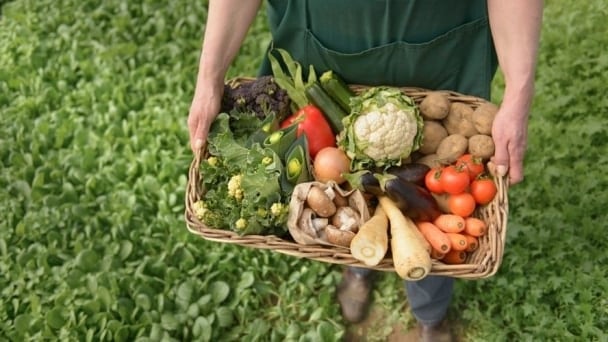



![[Photo] Prime Minister Pham Minh Chinh receives President of Cuba's Latin American News Agency](/_next/image?url=https%3A%2F%2Fvphoto.vietnam.vn%2Fthumb%2F1200x675%2Fvietnam%2Fresource%2FIMAGE%2F2025%2F12%2F01%2F1764569497815_dsc-2890-jpg.webp&w=3840&q=75)







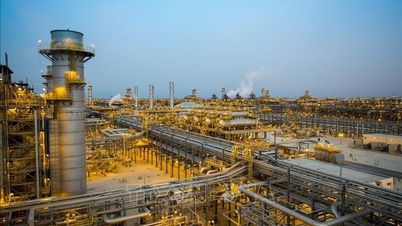

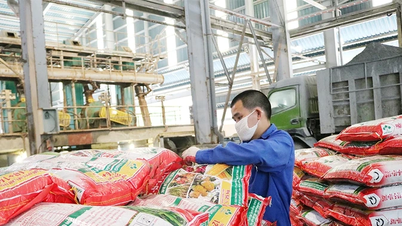

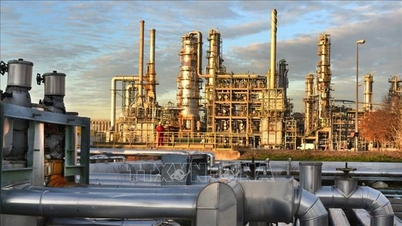


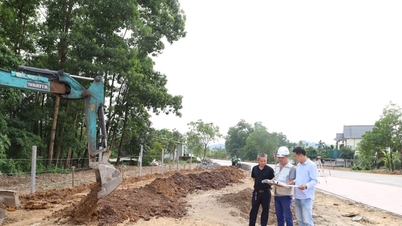
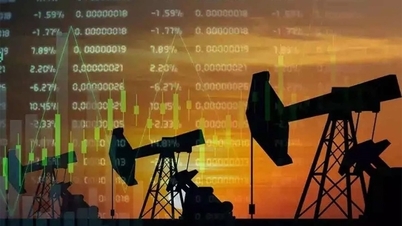

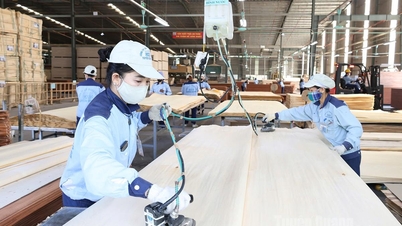

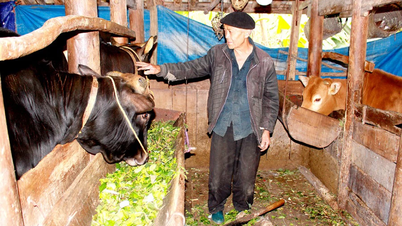




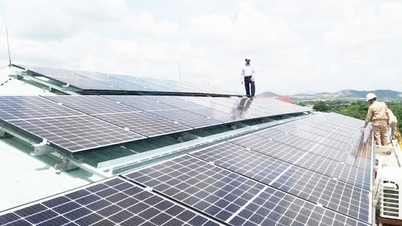

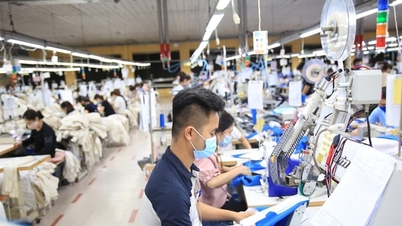




























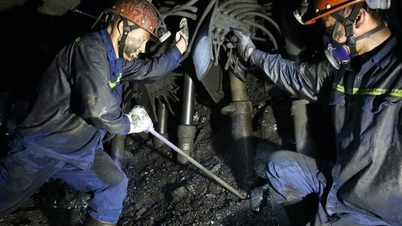





















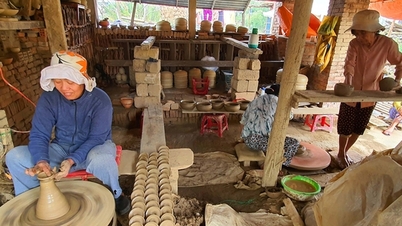




















Comment (0)